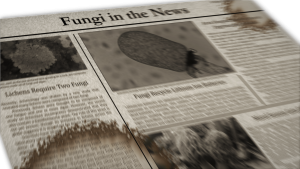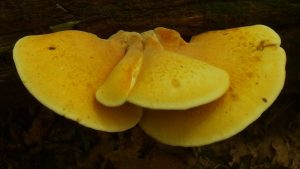#165: Fistulina hepatica, the Beefsteak Fungus
Fistulina hepatica is a very unusual polypore that is easy to recognize: it looks (and somewhat feels) like a large tongue growing from the side of a tree. This edible mushroom is distinctive because of its bizarre pore surface. When young, the pores are little more than multicolored bumps. As the mushroom matures, the pores develop into individual tubes, like a collection of straws. Its unique, meat-like color and texture earned F. hepatica the common names “Beefsteak Fungus” and “Ox Tongue Fungus.”

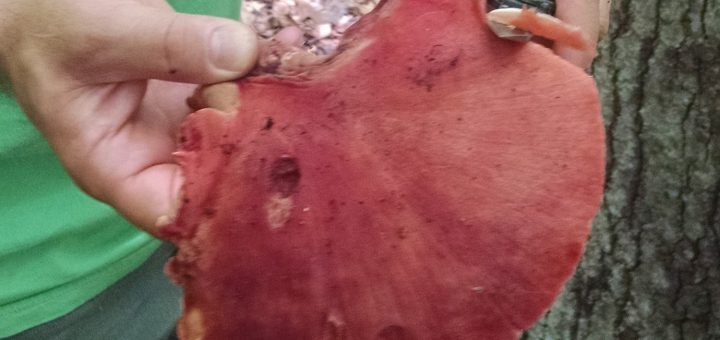
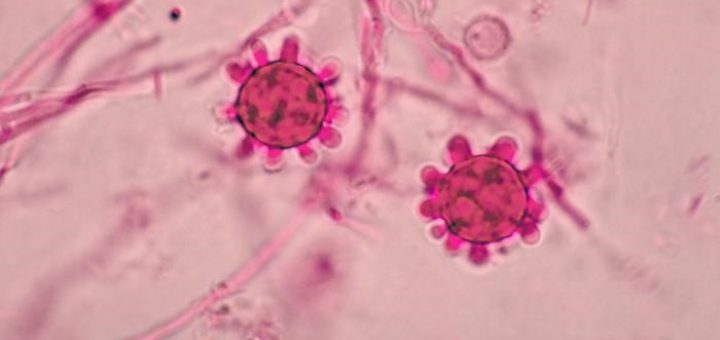
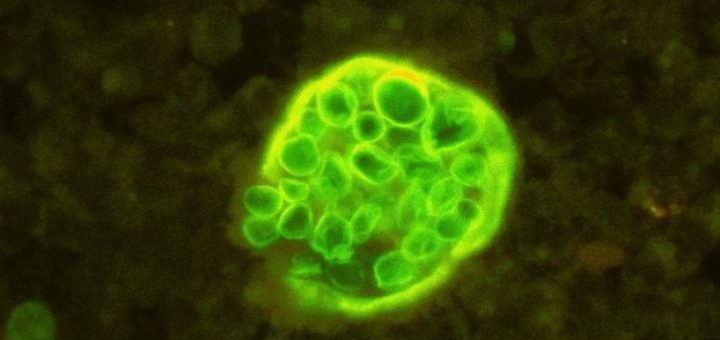
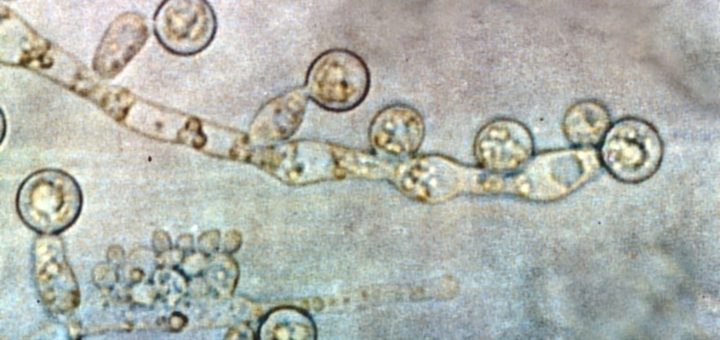
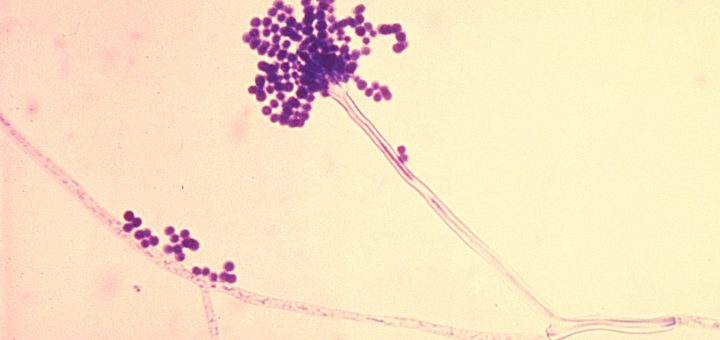
![By walt sturgeon (Mycowalt) [CC BY-SA 3.0], via Wikimedia Commons](https://www.fungusfactfriday.com/wp-content/uploads/2016/09/Suillus-luteus-group-720x340.jpg)
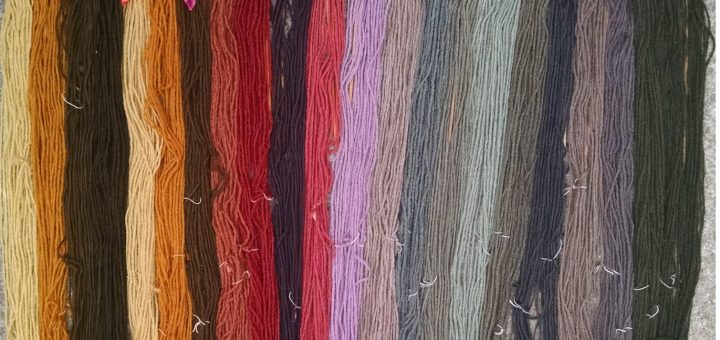
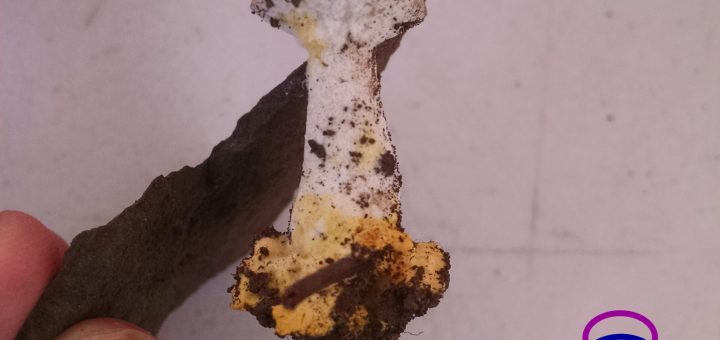
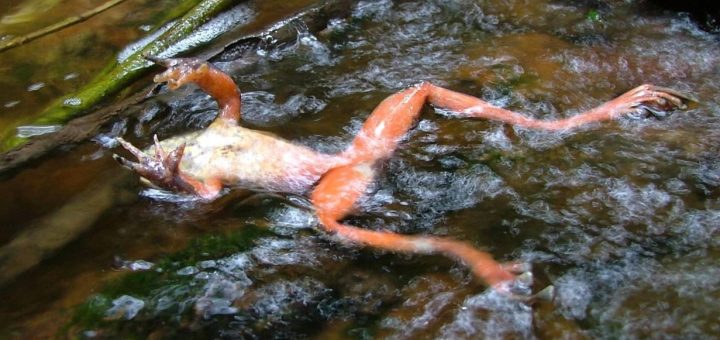






![#011: Characteristics of Kingdom Fungi [Archived]](https://www.fungusfactfriday.com/wp-content/themes/hueman/assets/front/img/thumb-small-empty.png)

